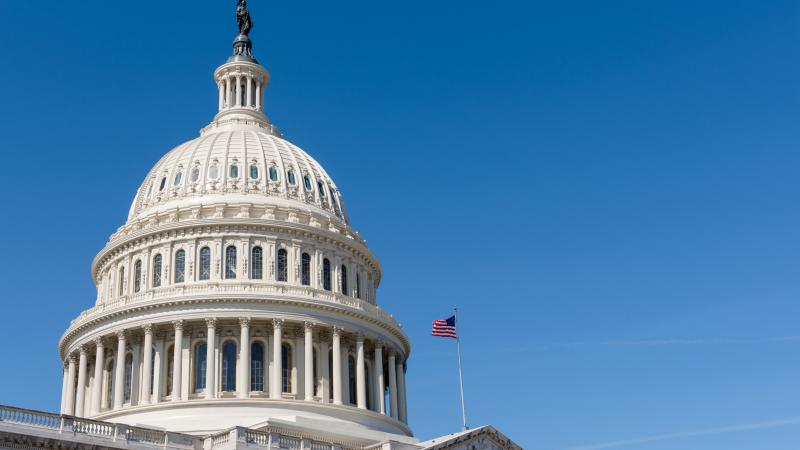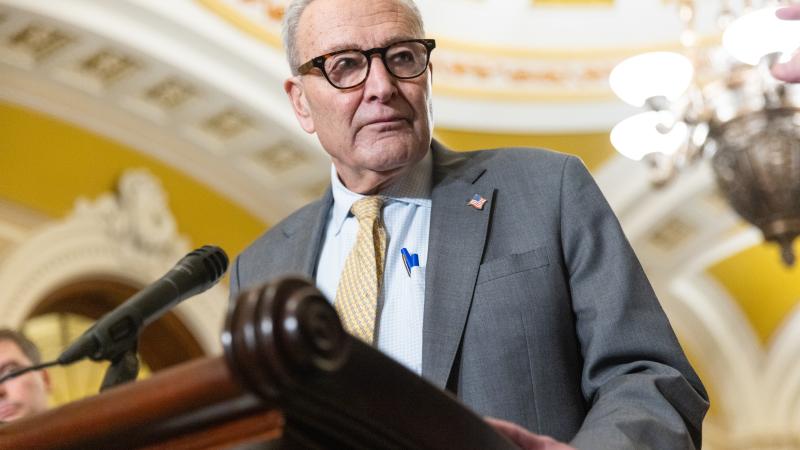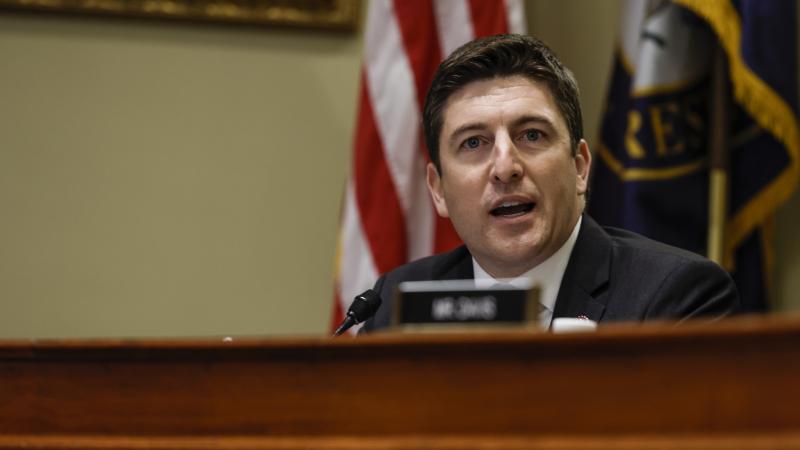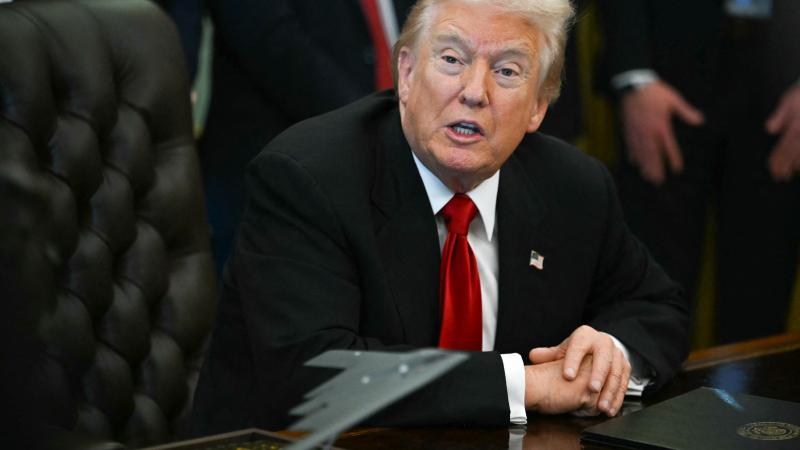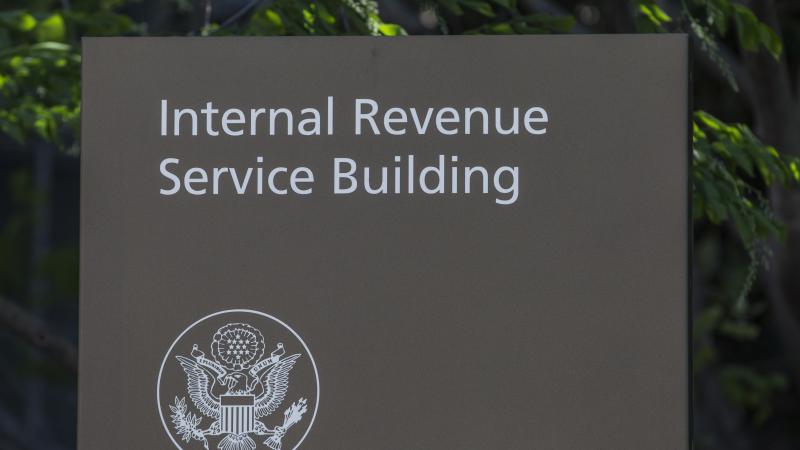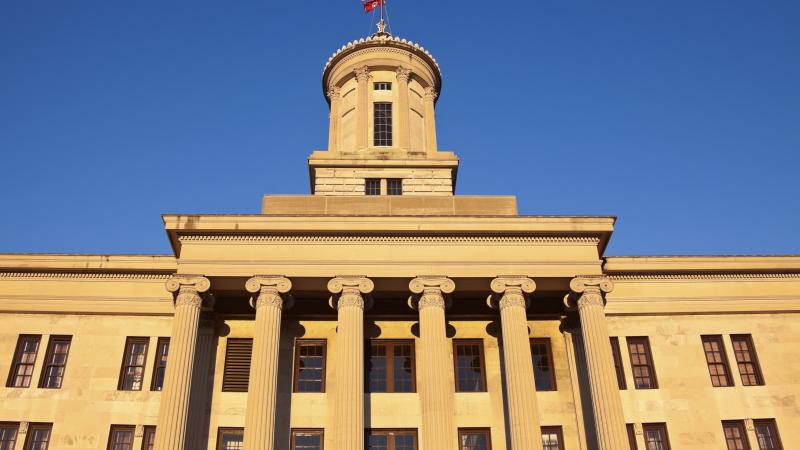Interest costs on U.S. debt to exceed economic growth by 2045, increasing risk of fiscal crisis
"Interest costs will reach a record 3.2 percent of GDP this year – exceeding the cost of defense and Medicare," said a budget watchdog group. That may signal a debt spiral.
The U.S. is on track to hit a dangerous milestone by 2045, according to an analysis of the new Congressional Budget Office's long term budget outlook. The average interest rate on debt will exceed the economic growth rate by 2045, sparking the beginning of a debt spiral.
"Interest costs will reach a record 3.2 percent of GDP this year – exceeding the cost of defense and Medicare – and further grow to 5.4 percent of GDP by 2055," according to the Committee for a Responsible Federal Budget's review of the latest CBO data that was released on Thursday.
"The average interest rate on debt will exceed the economic growth rate by 2045, sparking the beginning of a debt spiral," the CRFB added.
The watchdog group said that "high and rising debt and deficits would have many negative consequences for the budget and the economy including slower income growth, higher interest rates and interest payments on the national debt, increased geopolitical risks, undue burden on future generations, reduced fiscal space to respond to emergencies, and an increased risk of a fiscal crisis."
Social Security insolvency looming
The U.S. national debt is on pace to set new concerning records between now and 2055.
"Federal debt held by the public will rise from 100 percent of Gross Domestic Product (GDP) in Fiscal Year (FY) 2025 to 156 percent of GDP by 2055 – 50 percentage points above the prior record," according to the CRFB analysis. "Annual deficits will grow from 6.2 percent of GDP in 2025 – already twice as high as they were as recently as 2016 – to 7.3 percent of GDP by 2055. This is the highest they’ve ever been outside of a crisis."
The CBO is warning that Social Security is just 8 years from insolvency. "The Social Security Old-Age and Survivors Insurance Trust Fund will run out of reserves by 2033 – when today’s youngest retirees turn 70 – leading to an immediate 24 percent benefit cut under the law," read the CRFB analysis of CBO data. "If combined with the disability insurance trust fund, the combined trust fund would be insolvent by 2034."
The CRFB said policymakers will need to make tough decisions this year with respect to the debt and deficit. "CBO’s latest long-term budget outlook reminds us that the federal budget is on an unsustainable long-term path, and policymakers will be faced with decisions this year that will have major implications for the trajectory of our debt over the next 30 years," read the analysis.
The group said extending the 2017 Tax Cuts and Jobs Act without ways to fully cover the cost would drive debt to higher than 200% of GDP. The CRFB has encouraged lawmakers to find enough offsets to fully cover the cost of tax reform.
Future tax revenue will fall short
"Even without this additional borrowing, the annual budget deficit will reach 7.3 percent of GDP in FY 2055 – higher than at any point outside of World War II, the Great Recession, and the COVID-19 pandemic," they said.
Scott Hodge, former president of the Tax Foundation, shared his reaction to the CBO's latest report with Just the News.
"CBO's latest long-term budget forecast should be a wakeup call to the White House and Congress that they must do more to get spending under control or the federal debt will rise to unsustainable levels," said Hodge, a tax and fiscal policy fellow at Arnold Ventures in Washington, D.C. Arnold Ventures describes itself as a philanthropy "dedicated to improving the lives of all Americans through evidence-based policy solutions that maximize opportunity and minimize injustice."
Hodge noted that the CBO assumes that the 2017 Tax Cuts and Jobs Act, which expires at the end of this year, would "potentially raise more than $4 trillion in new taxes over a decade" if it is extended, but this new tax revenue still falls short of closing the deficit gap since spending is rising faster than taxes.
"We should also note that CBO is forecasting sluggish economic growth for the next decade, which puts a premium on the need to renew the 2017 tax cuts to boost economic growth. Lawmakers will have to find responsible ways to offset the cost of these tax cuts so as to not add to the mounting debt. It will take leadership to meet this twin challenge," he said.
